What are the five must see places in Rome?
Rome, the capital of Italy, also called the eternal city, is one of the most visited cities in the world. It is also one of the oldest cities in the world and one of the most historic. Needless to say, Rome has a colossal range of important sights, but five of them are UNMISSABLE! Shall we get to know what they are? What are the five unmissable sights in Rome? If you have a short time in Rome be sure to read this Post! Here at Your Travel to Italy with Ana Patricia you make the trip of your dreams!!! ALSO: see our “Accommodation in Italy – Tips for your holidays!”
Important
Rome and the Vatican are two of the most visited and sought-after tourist destinations in Italy, both in summer and in winter. Rome and the Vatican don’t stop and their attractions are always C-R-O-W-D-E-D!!!! The most popular attractions are: Colosseum (where, depending on the chosen ticket, you can also visit the Roman Forum) and Vatican Museums (where you can also take the opportunity to visit the beautiful Sistine Chapel).
Introduction
Rome is an impressive city. Founded, according to traditions, in 753 BC, Rome today has almost 2,900,000 inhabitants and tells its entire history in monuments, churches, palaces, museums and in its streets, with an architecture that will get anyone jaw-dropping. Even if you have little time in Rome and can only see the essentials, there are five attractions that you can not miss! Today we will get to know what they are!
1) What are the five must see places in Rome? COLOSSEUM
Colosseum: The official name is Anphitheatrum Flavium (Flavian Amphitheater), and it is, without a doubt, the most famous monument in Rome, one of the postcards of Italy. It is one of the best preserved in ancient Rome and is also the largest amphitheater in the world. The structure received the ‘nickname’ of Colosseum, not because of its size, as many might think, but because of a statue of Nero, all made of bronze and gigantic.
The Flavian amphitheater is 527 meters in circumference, 188 meters along its long axis and 156 meters on its minor axis. It is also 57 meters high. In 1990, the Colosseum and the Historic Center of Rome, in addition to the Vatican and St. Peter’s Basilica, became part of UNESCO’s World Heritage list. In July 2007, the Colosseum was included in the list of the Seven New Wonders of the World.
Curiosities
There are some legends that surround the Colosseum, but two very picturesque: one says that the Colosseum represents the entrance to the underworld and that, at dusk, the souls of the dead wander in search of eternal peace that they may never find, because they died violent and premature. Another legend is that many plants present there are from distant countries that took root in the Colosseum area, as they were used in the sandals of travelers who passed by or by the feet of sacrificed animals that came from afar and were killed by evil emperors.
Address
- Piazza del Colosseo, 1 – Rome.
Schedules
- Every day – from 8:30 am to 4:30 pm: from the last Sunday in October to February 15; from 8:30 am to 5:00 pm, from February 16 to March 15; from 8:30 am to 5:30 pm from the 16th to the last Saturday in March; from 8:30 am to 7:15 pm, from the last Sunday in March to 31 August; from 8:30 am to 7:00 pm, from 1 to 30 September and from 8:30 am to 6:30 pm, from the first to the last Saturday in October.
Buy your ticket here without facing a line !!!
To visit the Colosseum we have: Ticketbar or Civitatis (with guided tour)
2) What are the five must see places in Rome? VATICAN MUSEUMS
Vatican Museums: The Vatican Museums are located in Viale Vaticano, Rome, within the Vatican City State. The Museums were founded by Pope Julius II in 1506 and opened to the public in 1771, by order of Pope Clement XIV. The sculpture that laid the foundation for the construction and opening of the museum was the statue group Laocoön: it depicts Laocoön, the priest who, according to Greek mythology, tried to convince the Trojans not to accept the wooden horse that the Greeks offered to them, knowing it could be a trap.
The Trojan Horse statue
The Trojan Horse statue was found on January 14th, 1506 in a vineyard near the Basilica of Santa Maria Maggiore in Rome. Pope Julius II sent Giuliano da Sangallo and Michelangelo Buonarroti, who worked in the Vatican, to examine the discovery and, taking their advice, he immediately acquired the sculpture from the owner of the vineyard. A month later it was exposed to the public at the Vatican.
A little more about the Vatican Museums
Museums occupy most of the vast Belvedere courtyard and are home to collections of priceless values for humanity! It is there that a huge collection of works of art accumulated over the centuries by Popes is exposed. The Sistine Chapel and the papal apartments with frescoes by Michelangelo and Rafael are part of the works that visitors can admire on the site. Every year more than 18 million people pass by, passing through the (impressive!) 7 km of corridors full of impressive works. Historical fact: on December 20th, 2016, Pope Francis appointed the vice director of the Vatican Museums director. She is Barbara Jatta and is the first woman to assume the important position.
Address
- Viale Vaticano, SNC – Rome.
Schedules
- Monday to Saturday, from 9 am to 6 pm; Sunday, from 9 am to 2 pm.
Buy your ticket here without facing a line !!!
To visit the Vatican we have: Ticketbar or Civitatis (with guided tour)
3) What are the five must see places in Rome? BORGHESE GALLERY
Borghese Gallery: The Borghese family, at the end of the 16th century, was a wealthy family who bought some land in Northern Rome, the intention was to create a park, full of green, open areas and gardens: Pincian Park. In that same period, the Borghese family extended its influence in the Roman aristocracy, especially when Camillo Borghese was elected Pope in 1605 under the name of Paul V. With the growth of the city, the new position and the distance between Rome and Siena, the family decided build a house on part of the land.
The project
The project began to take shape in 1607 and it was entrusted to the architect Flaminio Ponzio, who had previously worked for the Borghese in their urban palace on the left bank of the Tiber. The architect chosen was Giovanni Vasanzio, he was the one who completed the works after Ponzio’s death in 1613, while the works of the gardens, designed by Carlo Rainaldi, continued until 1620. It was during this period that the family began to bring works of art to decorate the house.
Gathered Works
In March 1613, the main works in the collection were brought together by Cardinal Scipione Borghese, nephew of Pope Paul V, and the works, together with works in the Pope’s personal collection, were transferred from the Dal Borgo building, where the Pope’s brothers lived, to the Villa do Pincio. The Villa (mansion), whose architecture is inspired by Villa Medici and Villa Farnesina, has a porch that opens onto the gardens, and is decorated in the characteristic 16th century style. The entire façade is embellished with 144 bas-reliefs and 70 busts.
The reform
The building has many windows, for natural light to enter and have a good view of the works of art and the rooms are well organized. From 1770, Marcantonio IV Borghese hired Antonio Asprucci to renovate the entire interior of the village. He hired sculptors, painters and marble producers to take care of the decorations, he used frescoes, stucco and polychrome marble decorations. Most of the paintings represent family history: from the mystical Roman hero Marcus Furius Camillus to the Borghese of the time. The Italian State bought the Villa and all collections in 1902 and transformed the place into a museum, which was reopened in 1997. The gallery was closed since 1983 for yet another renovation, which lasted 14 years, and they renovated the beautiful staircase with two ramps.
Address
- Piazzale Scipione Borghese, 5 – Rome.
Schedules
- From Tuesday to Sunday, from 9 am to 7 pm; on Thursdays it is open until 9 pm.
- Important: There is a two-hour limit for staying inside the museum.
BOOK THE TICKET HERE TO ENTER THE GALLERY WITHOUT STANDING IN LINE!
CLICK ON THE IMAGE BELOW AND GUARANTEE YOURS SOON!
4) What are the five must see places in Rome? ST PETER’S BASILICA
St. Peter’s Basilica: The ultimate symbol of Catholicism in the world, St. Peter’s Basilica is the right destination in Rome! Its construction began on April 18th, 1506 under the command of Pope Julius II and was completed in 1626, during the pontificate of Pope Urban VIII, the Square was only completed in 1667.
St Peter’s Remains
In 1866 the original design drawings were found, by the Austrian art historian Heinrich von Geymüller. However, the Basilica is, in fact, a reconstruction since there was another church, from the 4th century and which was built at the behest of Emperor Constantine I. There, it is also said, that the remains of Saint Peter, one of Jesus’ first apostles.
A little more about the Basilica
The greatness of this building was immortalized in some artistic representations that decorate the Basilica: the building, enriched over the centuries with valuable works of art, was divided into five naves with a wooden roof and has great similarities with that of the Basilica of Saint Paul Outside the Walls. It has 120 altars and 27 are dedicated to Our Lady. The basilica, completed with large statues at the top of the facade, was consecrated by Pope Urban VIII on November 18th, 1626. The plans of the homonymous Square where the Basilica is located were made by Gian Lorenzo Bernini between 1657 and 1667. The final solution it took into account liturgical, symbolic problems and pre-existing architectural emergencies so that the work could be completed. One of the most famous names that worked there? Michelangelo!
Its Division
The space in front of the basilica was divided into two parts: the first has an inverted trapezoid shape and has a longer side that runs through the facade, giving an interesting perspective effect; the second has an oval shape and an imposing arched colonnade, adorned with sculptures. In Bernini’s project there was a central segment called ‘the noble interruption’, which would, by the way, follow through the colonnade, but they noticed that, if carried out, the work would ‘hide’ the Square, for those inside the Basilica, and the facade main, for whoever was in the Square.
Address
- Piazza San Pietro In Vincoli
Schedules
- Every day, from 8:00 am to 12:30 pm and from 3:30 pm to 6:00 pm.
- Important: Beware of cameras, in some areas of the Basilica it is forbidden to take photos.
Information
If you are interested in Religious Tourism be sure to read our Special Posts:
- How to request the Pope’s blessing?
- How to participate in the papal audience in Rome?
- How to visit Saint Peter’s tomb and the Vatican Necropolis?
- How to visit Saint Rita of Cascia?
BOOK THE TICKET HERE TO ENTER THE BASILICA WITHOUT STANDING IN LINE!
CLICK THE IMAGE BELOW AND GUARANTEE YOURS SOON…
5) What are the five must see places in Rome? FONTANA DI TREVI
Trevi Fountain: One of the most famous fountains in the world, without a doubt! The Fontana di Trevi was once the stage for fashion shows! The fountain, designed by Nicola Salvi ‘leans on’ one side of Conti Palace. The project was started by Nicola Salvi.
Curiosities
There is a legend that says that a kind of competition was opened to know who would carry out the project. The competition was suggested by Pope Clement XII in 1731. The winning project would have been that of a Frenchman, Lambert-Sigisbert Adam, but some say that the Pope did not want to entrust the work to a foreigner, some also say that Lambert needed to return hurriedly to France. The fact is that, in 1732, the Fountain began to be built and was completed in 1762, by Giuseppe Pannini, who used a late Baroque style. The fountain was built in travertine marble, marble, plaster, stucco and metals. The theme of the entire composition is the sea. It sits in a large rectangular pool with rounded corners, and is surrounded by a moat that runs through it from side to side. Every year more than 1,000,000.00 euros are collected in coins from the Fountain. Today, the money is destined for charity.
Address
- Piazza di Trevi – Rome.
Schedules
- 24 hours, every day.
- Tip: If your hotel is nearby, visit it at night: it is BEAUTIFUL!
Are you going to stay in Rome? So you can get our exclusive hotel tips!
Here you will find great and free tips to not get fooled when choosing your hotel in Italy.
Plus: read our tips and advices about the Rome neighborhoods and where to stay! Here you will find the perfect hotel for you and for your needs, respecting you budget! Also: booking at booking.com, you will help us to keep our blog and for free! No fees, no click baits, no fake news!
Hotel I suggest near the Historic Center
If you are passionate about art and would like to stay in the center where you can move around walking, as well as having countless possibilities for places to have lunch / dinner or a snack, I advise you to stay in the historic center. Regions near the Trevi Fountain, the Coliseum, the Roman Forum, the Imperial Forum and the Villa Borghese, Piazza Spagna and Piazza Navona can be considered as “historic center”. These are the most expensive areas, but you will be close to everything, literally!
If you want to save a great option is the B&B, click on the links below and get to know each one. If you like the suggestion make your reservation and guarantee good prices.
If you prefer a good hotel, I have three options that I really like, click on the links below and get to know each one. If you like the suggestion make your reservation and guarantee good prices;)
Hotels that I suggest near the San Giovanni Region
For those who want to find cheaper alternatives in quiet areas, but at the same time close to the means of transport to the center, I suggest the region of San Giovanni or Monti (near the metro stations San Giovanni, Castro Pretorio and Circus Massimo) – which it is a more residential neighborhood; therefore, more economical and quiet! And with just 15 minutes by subway you will be in the center too!
I have two options for Hotels that I recommend, click on the links below and get to know each one. If you like the suggestion make your reservation and guarantee good prices;)
I have two options of B&B that I recommend, click on the links below and get to know each one. If you like the suggestion make your reservation and guarantee good prices;)
Hotels I suggest near Vatican City
An interesting area to stay and a little cheaper than the historic center is the Vatican area (Vatican Museums) which is very well connected with everything.
I have two options of B&B that I recommend, click on the links below and get to know each one. If you like the suggestion make your reservation and guarantee good prices;)
If you prefer a hotel, I have three options that I recommend, click on the links below and get to know each one. If you like the suggestion make your reservation and guarantee good prices;)
Hotel I suggest near Termini Station
For those who prefer to stay in neighborhoods that have good access to the rest of the city and at a better price, then you should choose accommodation in the surroundings of Termini Station (from where a dense network of public means of transport starts, serving both: the local people and tourists).
I have 3 good hotel suggestions in Termini, click on the links below and get to know each one. If you like the suggestion make your reservation and guarantee good prices;)
If you prefer B&B I have 2 good suggestions, click on the links below and get to know each one. If you like the suggestion make your reservation and guarantee good prices;)
Hotels that I suggest in Trastevere
For those who prefer to “taste” authentic and characteristic Rome, there is nothing better than booking a hotel in Trastevere (on the outskirts of the city’s historic river), full of typical Roman history and traditions, known for the tortuous streets of sampietrini stones and the centers medieval style housing.
The neighborhood is in the historic center and to the right of the Tevere River, in the midst of a spectacular landscape, where each visitor can observe the countless churches and squares (such as Santa Maria in Trastevere). In addition, this neighborhood offers several local restaurants and canteens for those who want to try typical Roman cuisine.
If you want to save a great option is the B&B, click on the links below and get to know each one. If you like the suggestion make your reservation and guarantee good prices;)
If you prefer a good hotel, I have two options that I really like, click on the links below and get to know each one. If you like the suggestion make your reservation and guarantee good prices;)
Conclusion
What are the five must see places in Rome? We have listed the five unmissable sights in Rome, but the city goes much further, and every bit of it is very special. Its Squares, churches, monuments … everything delights, everything fascinates! Rome is simply fascinating!
And if you feel insecure, have no time, and need help to organize your trip, don’t hesitate to contact me! I will love to help you make your dream trip to Italy come true. And how can I do that? Keep reading this post until the end and you will understand how we make your life and your trip much easier
Did my post help you? If so, be sure to post your comment below, but if you still have questions just send me a message I will answer you as soon as possible!
An Extra Help for your Trip
The best content from Your Travel to Italy!
Learn more about our tours in Italy right now!
- What to visit in Italy in 10 days?
- The ten must-see places in Tuscany?
- The best tips to save on your trip to Italy?
- What are the 10 most visited cities in southern Italy?
- Airports in Italy? How to get to your hotel? (Venice, Milan, Rome, Florence)
- What to do in 1/2/3/4 days in the main Italian cities?
- The best tips on food in Italy (wines, typical food, enogastronomy tours)
- How to get from Fiumicino Airport to Rome downtown?
- Your Travel to Italy: 10 tips for traveling through Italy!
Best regards from Italy
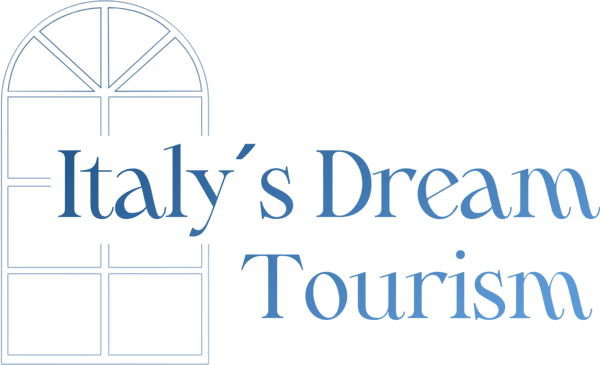
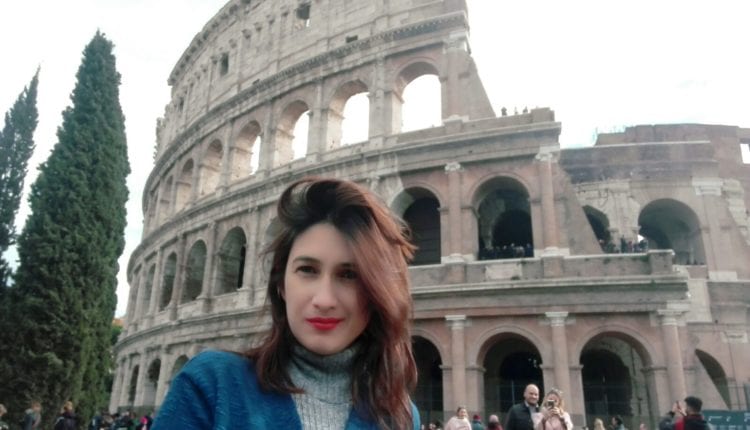
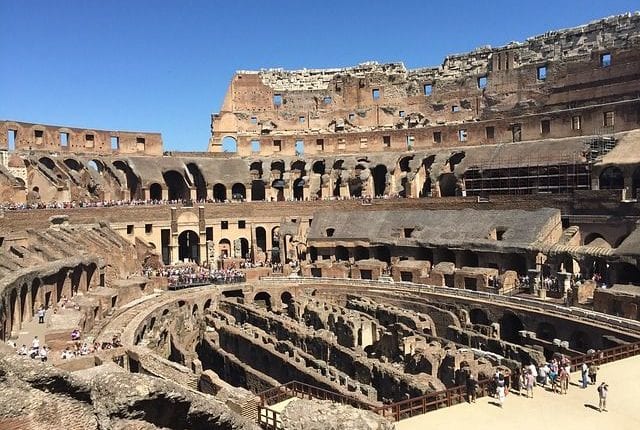
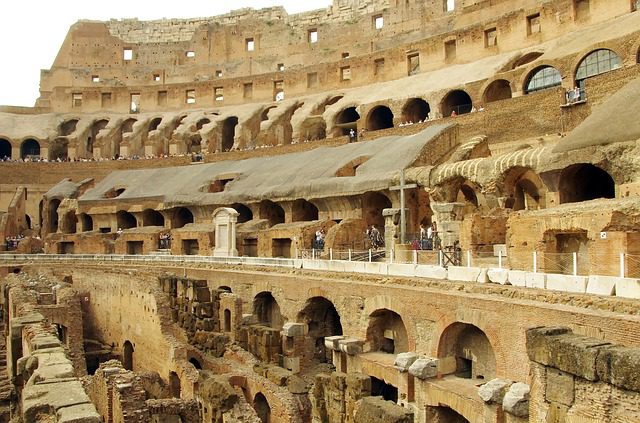
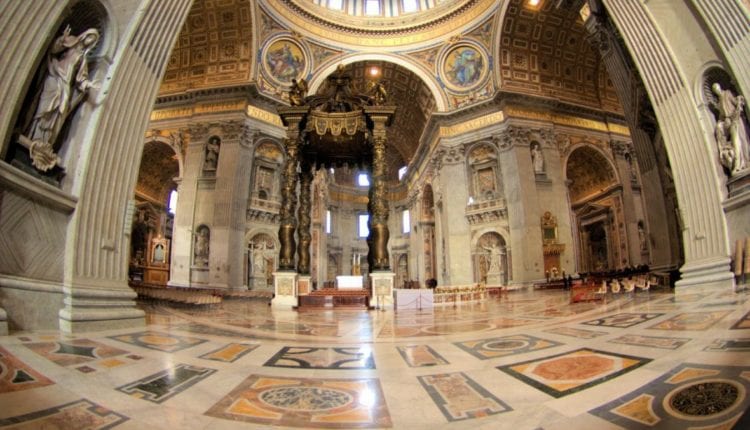
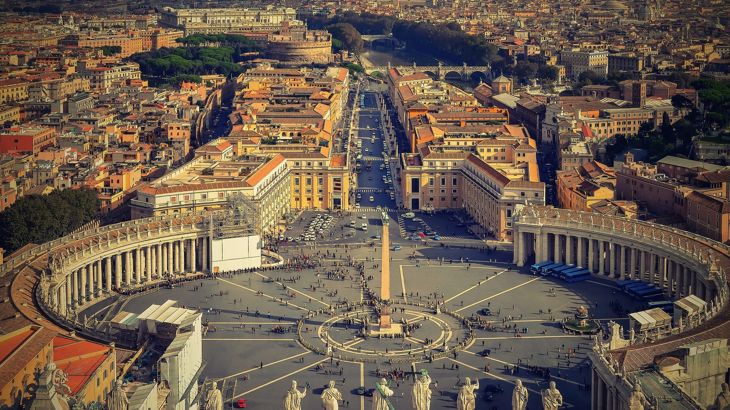
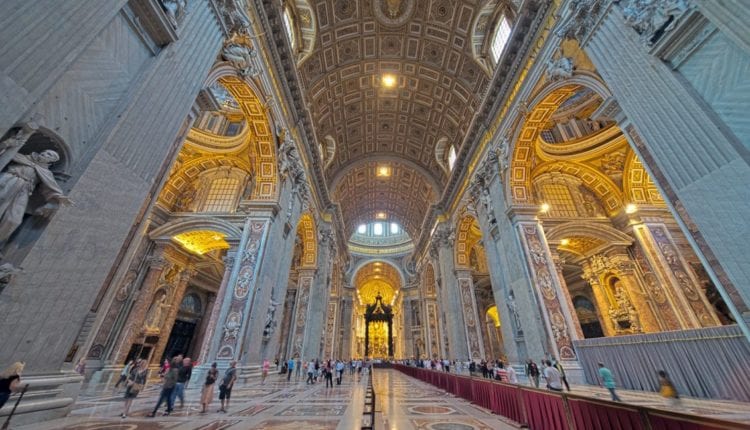
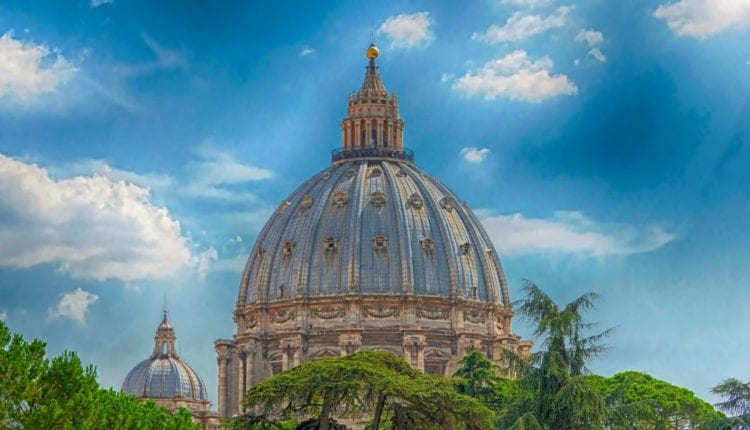
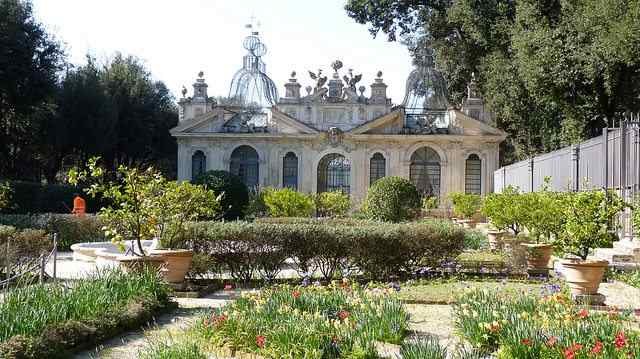
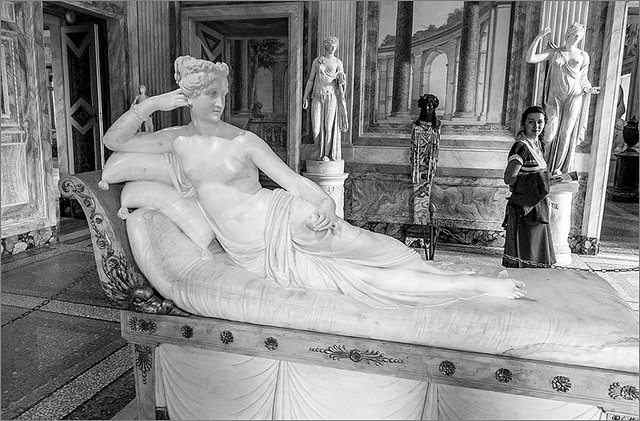
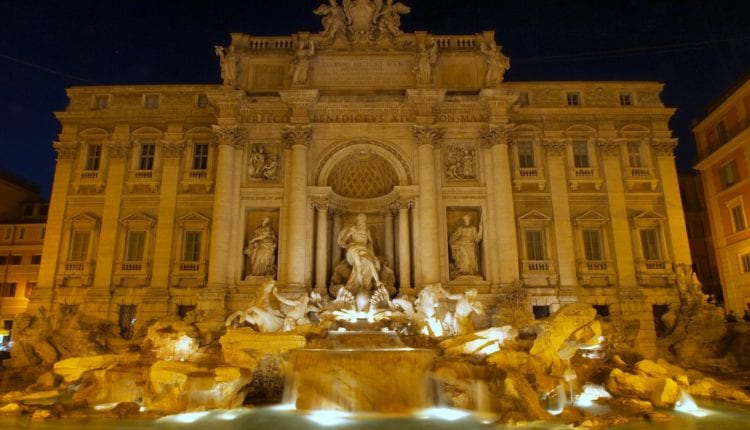
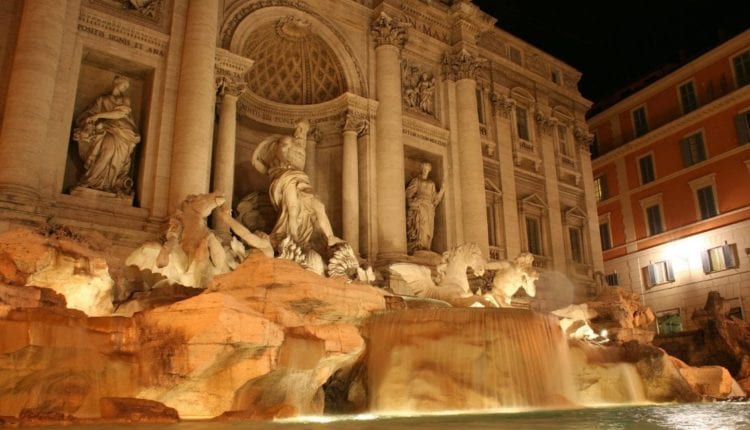
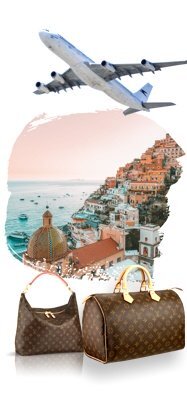
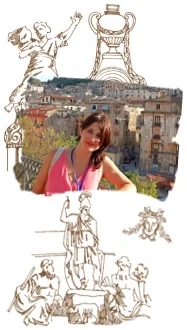


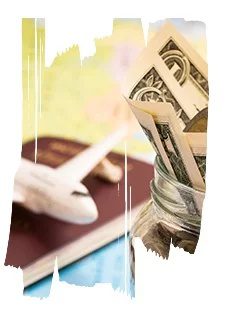 Save money!
Save money!